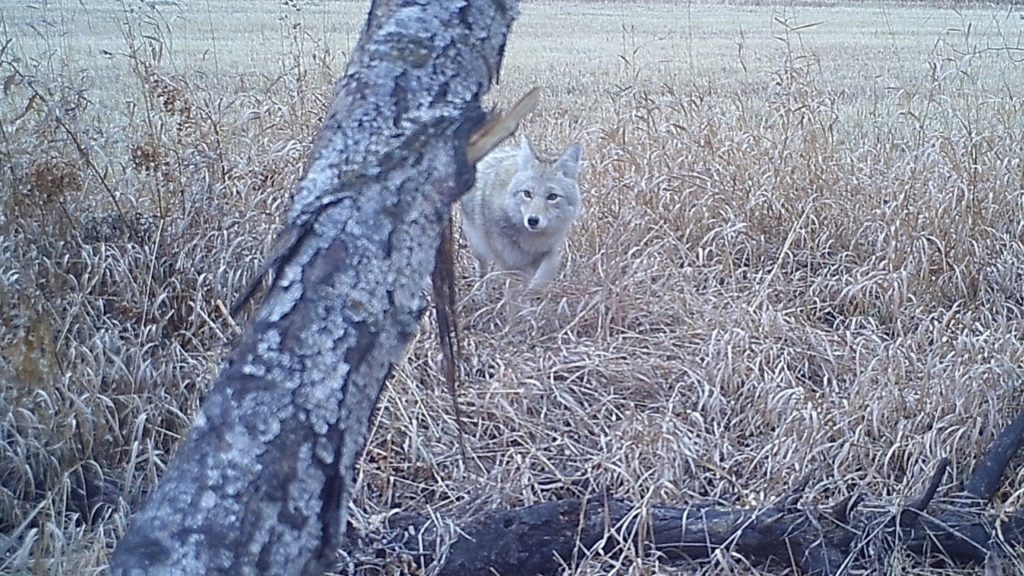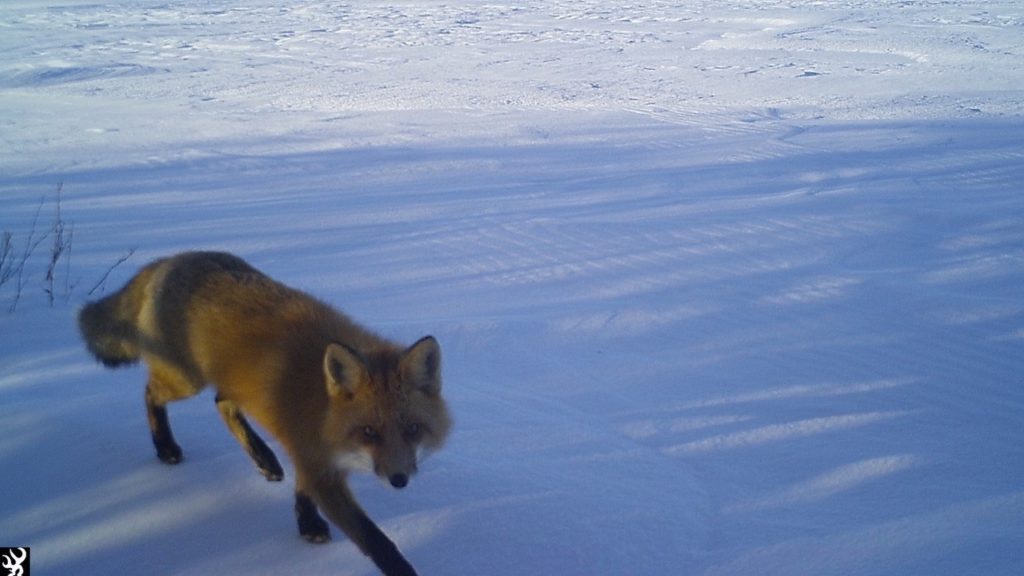Celebrating International Women’s Day with Katie Harris
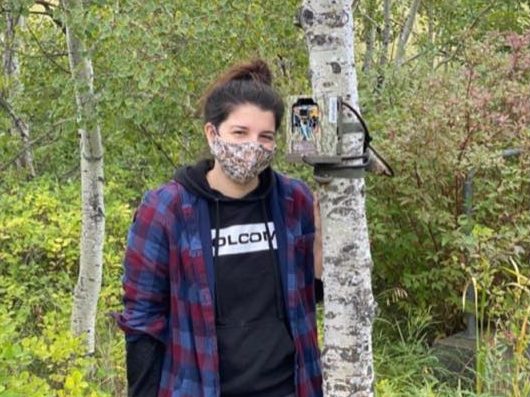
Passion Driving Purpose
By Lauryn Andrew
Happy International Women’s Day! In honour of this important day, we’d like to spotlight Katie Harris, a Master’s student at the University of Saskatchewan and one of CPAWS’ board members.
Harris is paving her own path in the heavily male-dominated field of environmental sciences. She is unafraid to identify gaps in her area of study, create innovative solutions, and take charge. Through her academic work and wildlife advocacy, Katie is establishing a research foundation that will improve the livelihood of future generations – humans and animals alike. She is certainly worth celebrating today, and every day!
In February 2021, Harris joined us for a Zoom interview; where we were able to dive into the exciting research she is currently conducting. When asked if she had a message for fellow women in STEM, she encouraged them to never give up or let other people’s opinions sway your mind:
“If you find something that you love, grab onto it and don’t let go no matter what anyone else tells you.”
What drew Harris to post-secondary studies in environmental science? She explained that she has always had an innate passion for wildlife and the environment. Growing up in Northern Manitoba, Harris spent much time in nature with friends and family. Her time in Girl Guides really pushed this focus forward. Her passion for nature developed into a desire to advocate for it. From passion, her academic practice blossomed: “It was meant to be.”
Harris began her Master’s program in September of 2019. She is currently overseeing a wildlife biodiversity field study in Saskatoon. Over the last 5 months, over 8000 pictures of wildlife have been captured from the 30 cameras she has set up around the city. The data she collects from these cameras helps her to identify, monitor, and record animals and their behaviour in urban settings. With so many pictures already captured, it proves just how present wildlife is amongst us.

Harris hopes to use the data she collects to create a foundation for future studies and urban planning. She explains that her goal is “to look at where wildlife are, how they’re moving through the city, how their ecology has adapted away from native ecology, and to create a database of wildlife biodiversity in the city – something that currently doesn’t exist. Creating this foundation of urban wildlife stats creates an opportunity to look back at trends.”
The possibilities are endless with a project like this. Harris is establishing a baseline; she hopes others are able to reference, acknowledge, and build on it in finer detail going forward.
Human and animal interactions are continuing to increase as both respective populations continue to grow, expand, and adapt through urban pressures. Harris notes that “United Nations states that for the first time in human history over half of the global human population is now urbanized, with 2018 statistics reporting that 55% of the population is currently concentrated in urban areas.” Education and awareness are crucial so we can better manage these relationships. She urges that we ask ourselves “how can we live with [other species] instead of shoving them out of our city?” The future needs to be animal and human co-habitation.
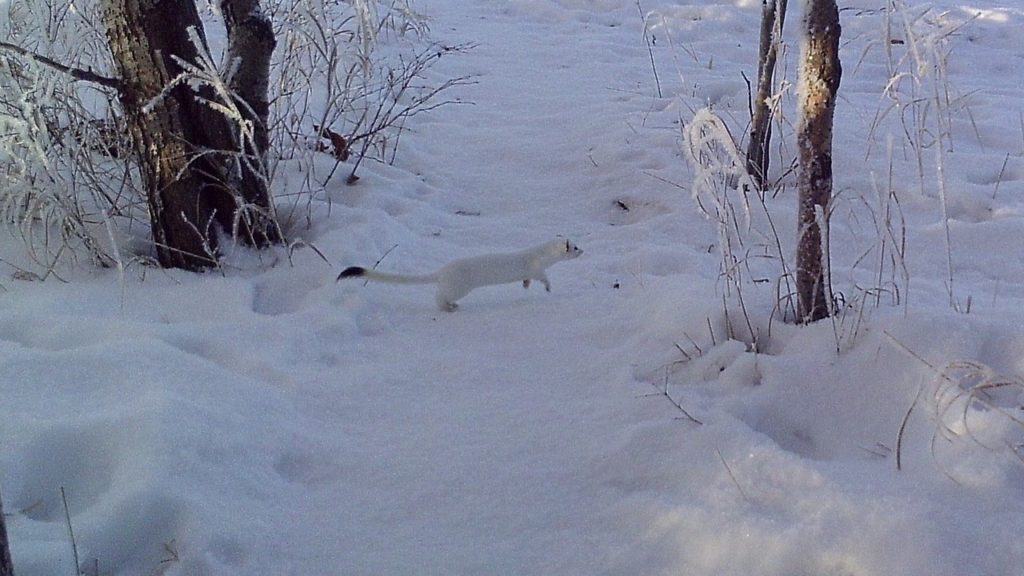


This Master students’ words and work emphasize that wildlife is here, and should be here to stay:
“We share this city with wildlife 100%. There is this second world that is superimposed over this city of Saskatoon and it is inhabited by wildlife. My eyes have been opened so much, since I started collecting hard data, to the overabundance of animals here.”
Harris’ study is flagging wildlife hotspots around Saskatoon. If you know where a hotspot is, you’re more inclined to protect it. Additionally, if you know what the hotspot looks like, you can recreate it. Incorporating her initial findings into urban planning would be valuable to better accommodate the wildlife that also wish to call this city home.
“Humans need to be able to live hand-in-hand with wildlife. We have to be able to live together. We have to.”
Katie Harris notes the importance of being able to share space with wildlife in an urban context.
Going into the project, Harris was aware that urban wildlife is far less researched than native wildlife. She hypothesized that, since native wildlife is typically more active at dawn and at dusk, urban wildlife would be primarily nocturnal due to 24-hour light pollution and high levels of human activity. This hypothesis holds true, with the majority of her pictures coming in at nighttime.



Within her wildlife biodiversity study, she has a second study nestled inside: examining the behavioural and adaptational similarities and differences between coyotes and foxes. These sympatric species – who co-exist in a geographical location, competing for space and resources – show up frequently in her camera footage.
Unlike in nature, Harris notices that the two species are adapting differently in urban settings. Foxes are sighted more often in barren areas, like downtown; whereas coyotes seem to prefer more rural areas, like parks or the outskirts of the city.
The COVID-19 pandemic has posed a variety of new challenges for scholars of all types. This optimistic STEM student has so eloquently maintained a ‘silver lining’ attitude throughout it all.
Initially, she had hoped to begin the data collection in March of 2020. Due to necessary postponements by the University of Saskatchewan, her ability to obtain the required permit to begin her work was delayed about 6 months.
While Harris admitted that it would have been neat to track wildlife trends in Saskatoon during the initial city lockdown, she is glad for only a slight delay and that everything is now underway. Harris explains that “it’s the perfect research project in the midst of this pandemic.” She does the majority of her work alone, setting her own hours and collecting the data independently. About 5 months into data collection now, Katie is thrilled with how her study is going and the trends she’s observing.
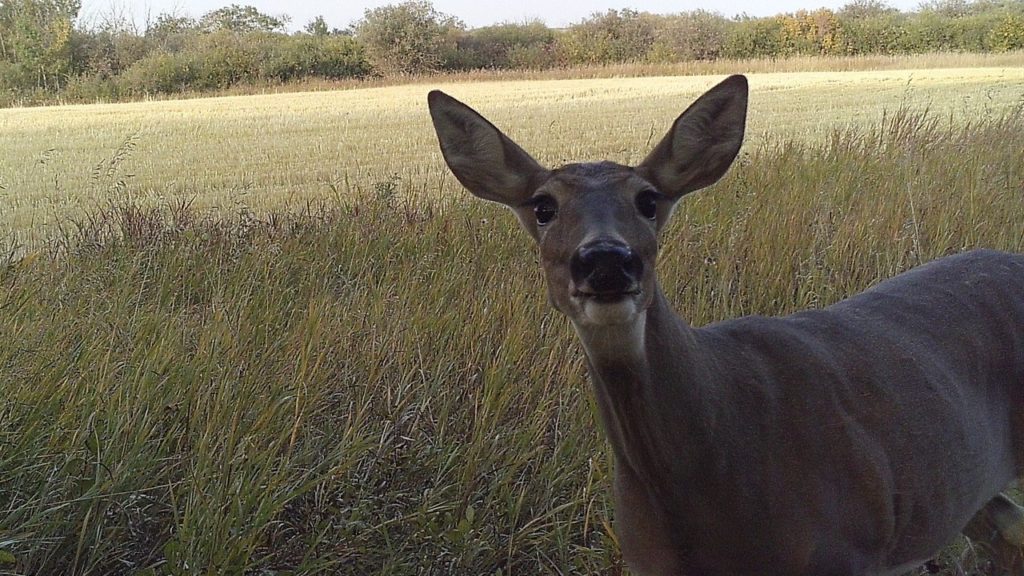


If you happen to see any trail cameras while you’re out and about in the city, Harris asks that you please leave them be. Just like the animals they’re capturing; the cameras should only be observed from a distance. The angles are precisely chosen so this researcher can get the best possible shots and, by extension, data. By leaving the cameras and animals be, the most natural, un-altered research can be collected for the database she hopes to create on wildlife biodiversity in Saskatoon.
It’s truly difficult not to be fascinated by Harris’ current study. It’s ground-breaking, it’s important, and it benefits us all. We commend her courage, determination, and leadership. We support her advocacy for wildlife protection, desire for strategic urban planning, and efforts to educate the general public on environmental matters.
For more information on urban conservation efforts, check out the following organizations:



Katie was born in The Pas, Manitoba, although she has lived in Saskatoon for about half of her life. Academically, she holds a dual Environmental Science Diploma from Lakeland College and a Bachelor of Science in Agriculture Degree from the University of Saskatchewan. She is presently working on her master’s degree at the U of S, where she researches how urban mammalian wildlife biodiversity changes across Saskatoon’s urbanization gradient. She has always felt very passionate about environmental issues, and her professional interests lie in the promotion of biodiversity conservation within urban landscapes.

